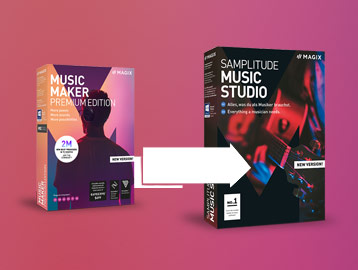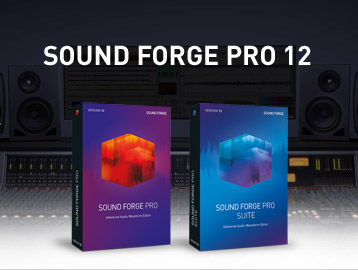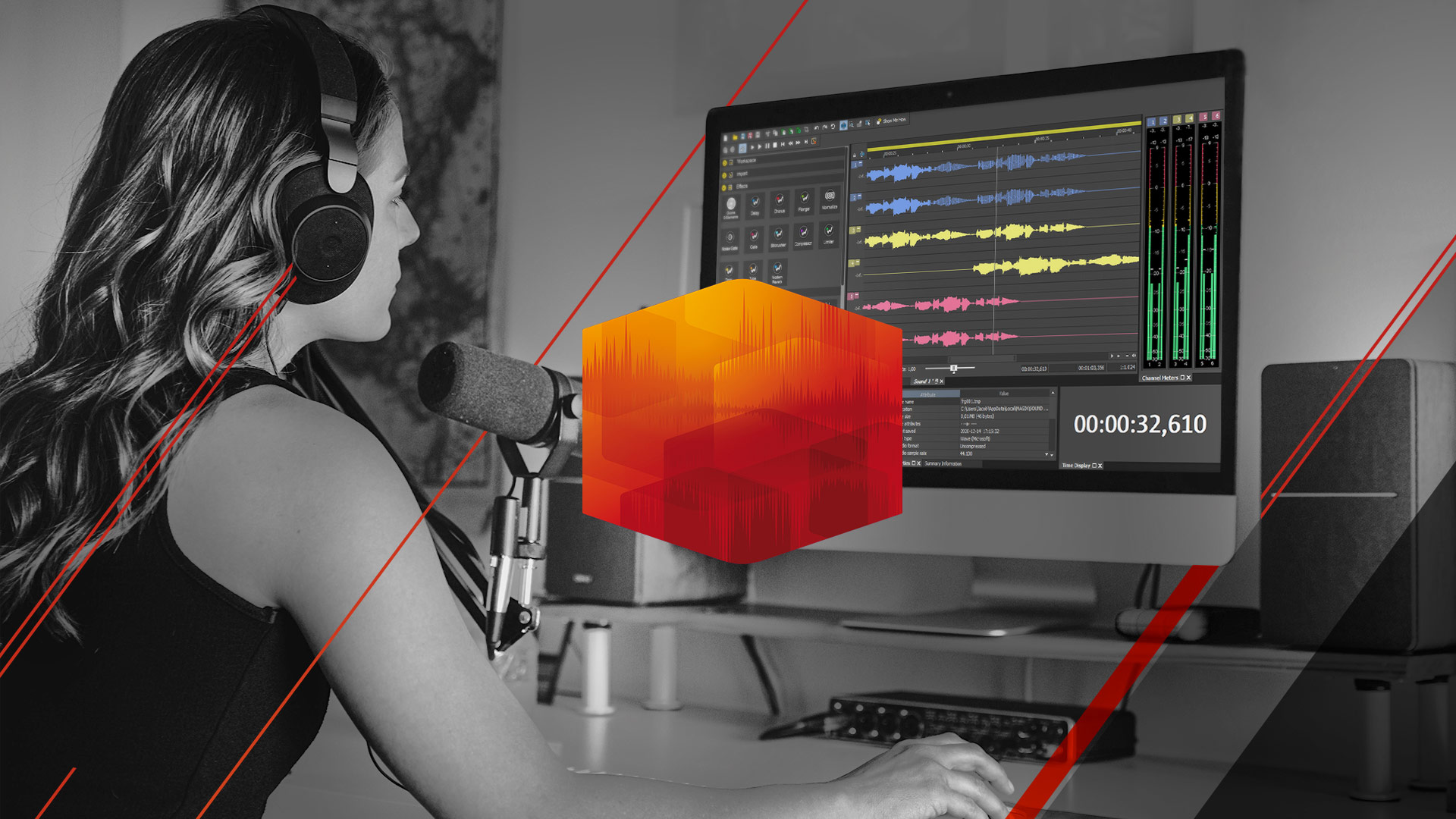NEW
Which microphone for which purpose?

Anyone who wants to begin recording instruments will ask themselves which microphone(s) they should buy. The overwhelming choice doesn’t help, either. We’d like to help you through the labyrinth with a short description of the different kinds of microphones, with their applications and directional properties.
Types of microphones
Dynamic microphone:
In a dynamic microphone a coil is moved within a magnetic field, inducing a current. This converts sound pressure into an electrical signal. There are two types of dynamic microphone..
- Moving coil microphone: Its name comes from the technical arrangement of its elements, where the magnet coil “moves” within the magnetic field.
- Ribbon microphone: The ribbon microphone uses a diaphragm of thin, corrugated aluminum placed between two magnets.
Condenser microphone:
In a condenser microphone the capacitor comprises a diaphragm and a metal plate. Vibrations change the distance between the diaphragm and the plate, creating a capacity which is converted into an electrical signal. There are two types of condenser microphone.
- Large diaphragm condenser: Has a diaphragm diameter that is larger than the standard 2.54 cm.
- Small diaphragm condenser: Has a diaphragm diameter that is smaller than the standard 2.54 cm.
Applications + advantages and disadvantages
Dynamic microphones are robustly designed (apart form ribbon microphones) and thus are particularly suitable for live performances. They can sustain impacts and falls, but aren’t designed for low and soft signals because of their restricted sensitivity. They’re great for live vocals, guitar, snare, bass drum and brass. No external power supply is needed when using a dynamic microphone.
Large diaphragm condenser microphones are more sensitive and therefore ideal for studio use. They’re high-resolution and are used for vocals, guitar, flute and room sound. A power source known as phantom power is required for using this microphone.
Small diaphragm condenser microphones have a more neutral sound as a result of their smaller diaphragm and respond better to higher sound pressure. However, they have higher self-noise. These microphones are often used for strings, flute, acoustic guitar and as an overhead microphone for drums. They require phantom power.
Ribbon microphones belong to the dynamic microphone family, but are used less frequently in production, because they are very expensive and are very delicate because of their design, as described above. Fans of ribbon microphones enjoy using them for their soft, warm sound, ascribing a certain magic to their sound. Strings, wind instruments and guitar amps sound full and round. For the majority of recordings, these microphones don’t require phantom power.
Directional properties
Every microphone has its own directional properties. This describes the microphone’s sensitivity to sound depending on the direction it’s coming from. As this is an important criteria for use, it’s good to be informed about this before buying. The standard properties are briefly described here:
Omnidirectional: Picks up sound evenly from all directions. Microphones with this property are not suitable for live performance because there is a high risk of feedback. Clip-type mics like those on talk shows are omnidirectional.
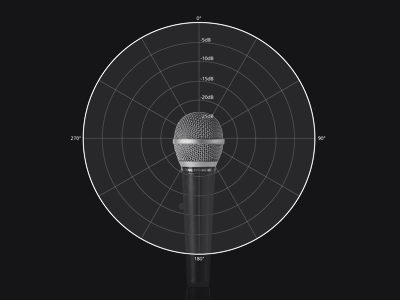
Cardioid: Sound is picked up mostly from the front, and from the back to a much lesser extent. Because they’re less susceptible to feedback, they’re ideal for live applications.
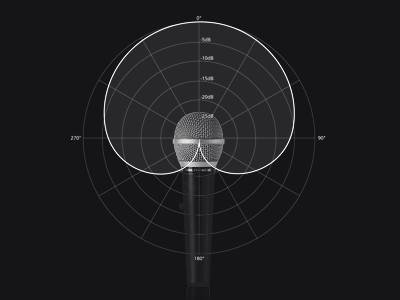
Supercardioid: Sound is picked up even more precisely from the front. However, a supercardioid microphone also picks up sound from the rear, so take care to position the monitors in the right place.
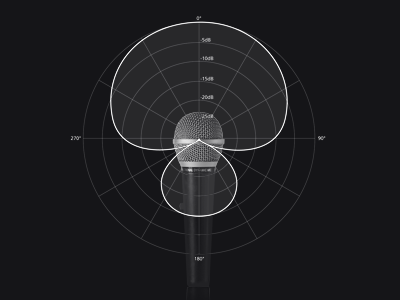
Bidirectional: Sound is picked up in equal measure from the front and back, but only minimally from the sides. Ribbon and large diaphragm condensers in particular have this sound pick-up pattern and can be used when two singers are facing each other or between two toms.
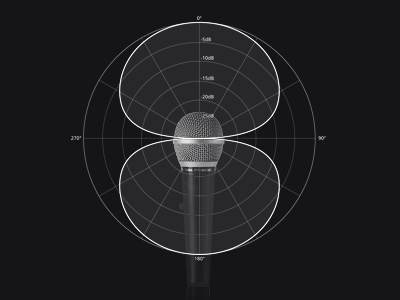
Here’s a sample of microphones according to application:
Vocals:
Dynamic mics: Shure SM 58, Shure SM7B,
Large diaphragm condenser: Neumann TLM 49, Neumann U87, AKG C12, Rode NTK, t.bone SC450
Small diaphragm condenser: mikros: Rode NT3
Ribbon mics: Royer Labs R121
Bass drum:
Dynamic mics: Shure Beta 52,
Snare drum:
Dynamic mics: Shure SM57, Sennheiser MD421
Small diaphragm condenser: Neumann KM184
Toms:
Dynamic mics: Shure SM 57,Sennheiser MD421
Small diaphragm condenser: Rode NT3
Overheads:
Small diaphragm condenser: Neumann KM184
Acoustic guitar:
Large diaphragm condenser: Neumann TLM 49, Neumann U87, AKG C12, Rode NTK, t.bone SC450
Small diaphragm condenser: Rode NT3, Neumann KM184
Guitar amp:
Dynamic mics: Shure SM 58, Shure SM57, Sennheiser MD421
Large diaphragm condenser: Neumann TLM 49, Neumann U87, AKG C12, Rode NTK, t.bone SC4500
Ribbon mics: Royer Labs R121
Bassamp:
Dynamische Mikros: Shure SM7B, Shure SM57
This article has given you a quick overview of the different types of microphones. Got any tips or ideas of your own on this topic?
Share them with us over our social media channels!
< Previous Post
Vocal Editing: brilliance with a vocals exciter
Related Posts
From Music Maker to Samplitude Music Studio
Use your Music Maker skills in Samplitude Music Studio. Here we tell all why you won’t regret an upgrade!
Samplitude Elements – Quickstart Guide
This tutorial will help you get started using Samplitude and provide you with efficient workflows for common application scenarios.
Brand new: SOUND FORGE Pro 12
Learn about the new features, improvements and highlights in the latest version of the sophisticated audio editor SOUND FORGE Pro.
The new SOUND FORGE Audio Studio 12
An overview of all the new features and optimizations!
